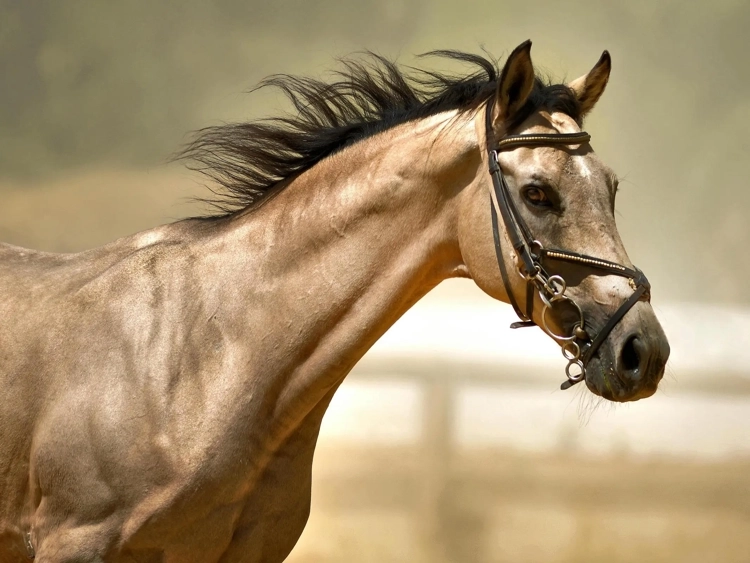 Base
Base
There are four basic horse coat colors: black, chestnut, bay and brown. From these stem the wide variety of color modifications, dilutions and white patterns we see today in domestic and feral horses the world over.
 Modifiers
Modifiers
There are several genes which modify the base colors, including mealy, sooty and flaxen. The can also affect other modifiers, dilutions and white patterns, creating an even wider range of each coat color.
 Dilutions
Dilutions
There is a number of dilutions that affect color, including dun, silver, champagne and cream. They have an effect on bases, modified colors, other dilutions and can be double diluted for more extreme expressions.
 White Patterns
White Patterns
White patterns can affect any color and produce some of the more spectacular horse coats, like pinto, appaloosa and roan. Some breeds are bred for their spotted patterns, while others discourage and won’t register them.
 Rare
Rare
Unusual color variations and markings can affect almost any base, dilution or modification. Most rare colors or markings are difficult to find in the equine world and some of them are still left unexplained by equine geneticists.
 Markings
Markings
White markings on face or legs can occur in all colors and are not (always) related to a white pattern. There’s also a variety of different body markings, some from spotting patterns and others simply genetics at work.